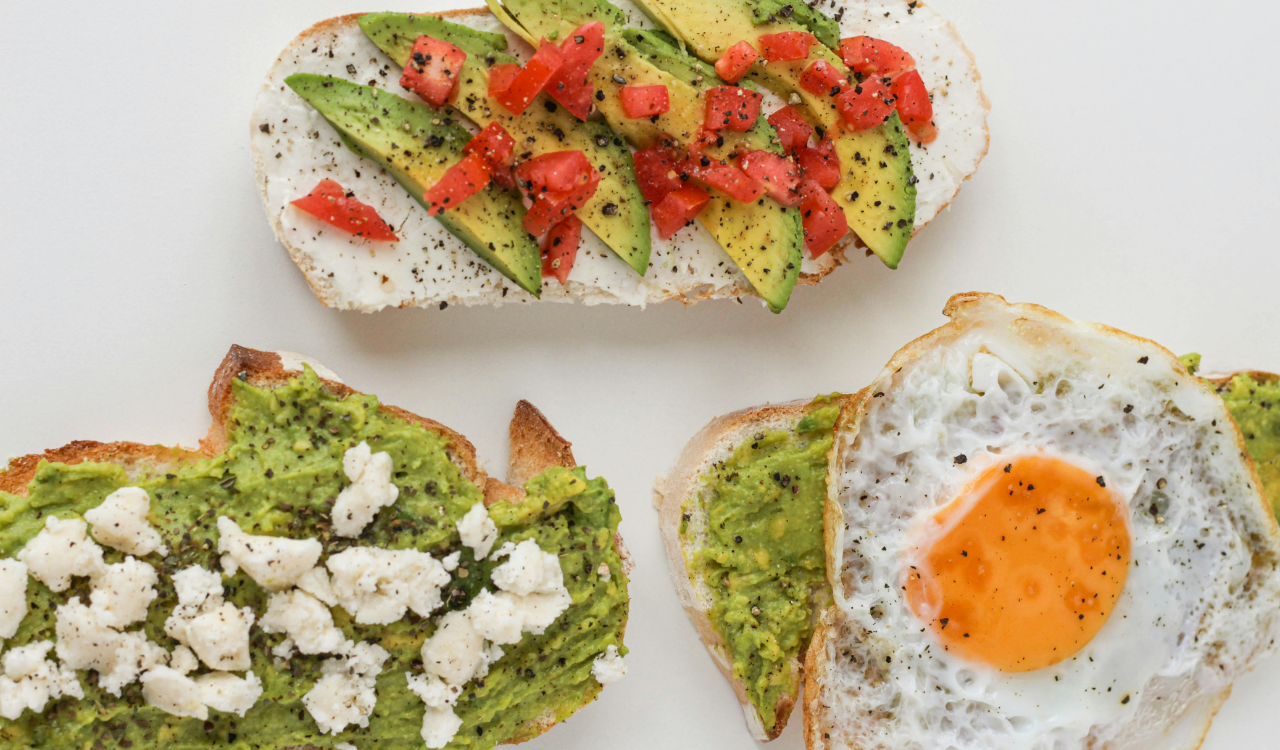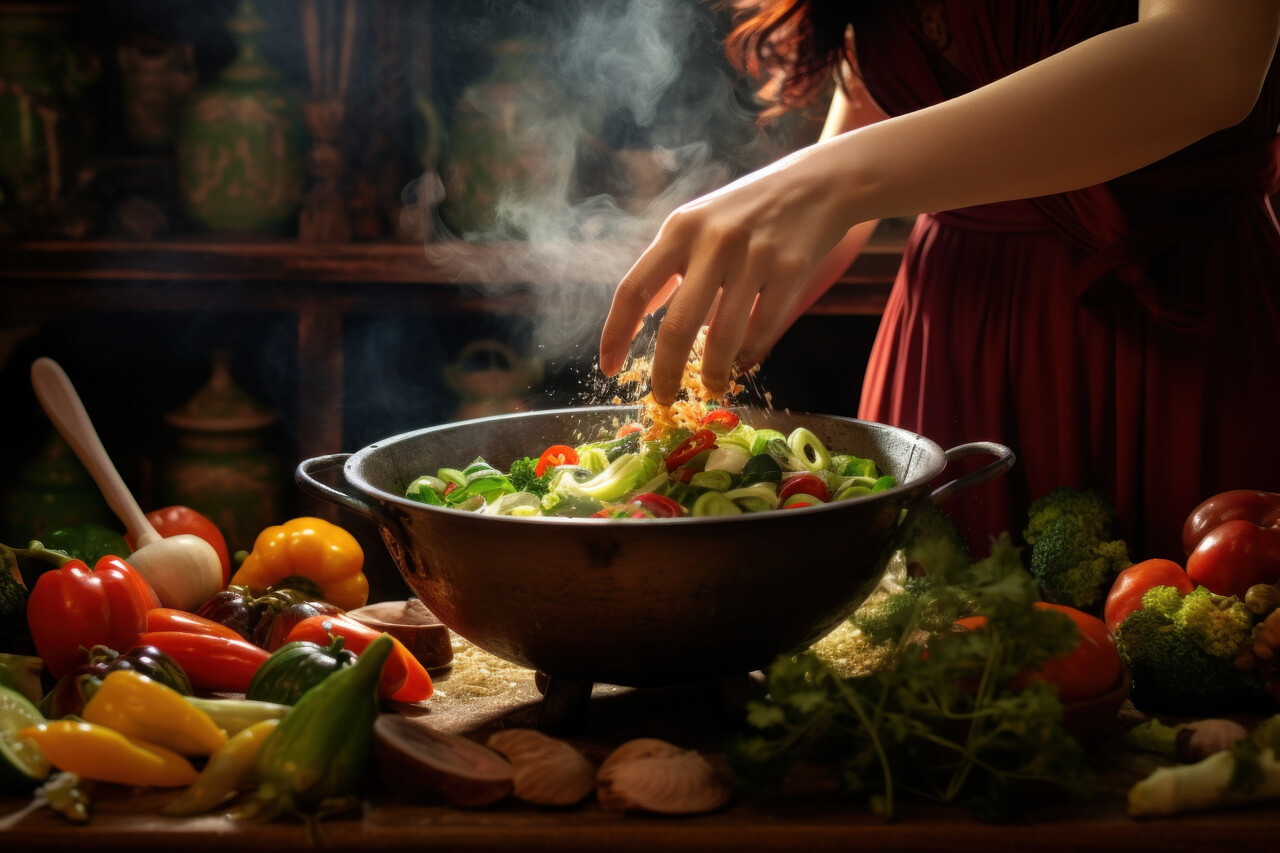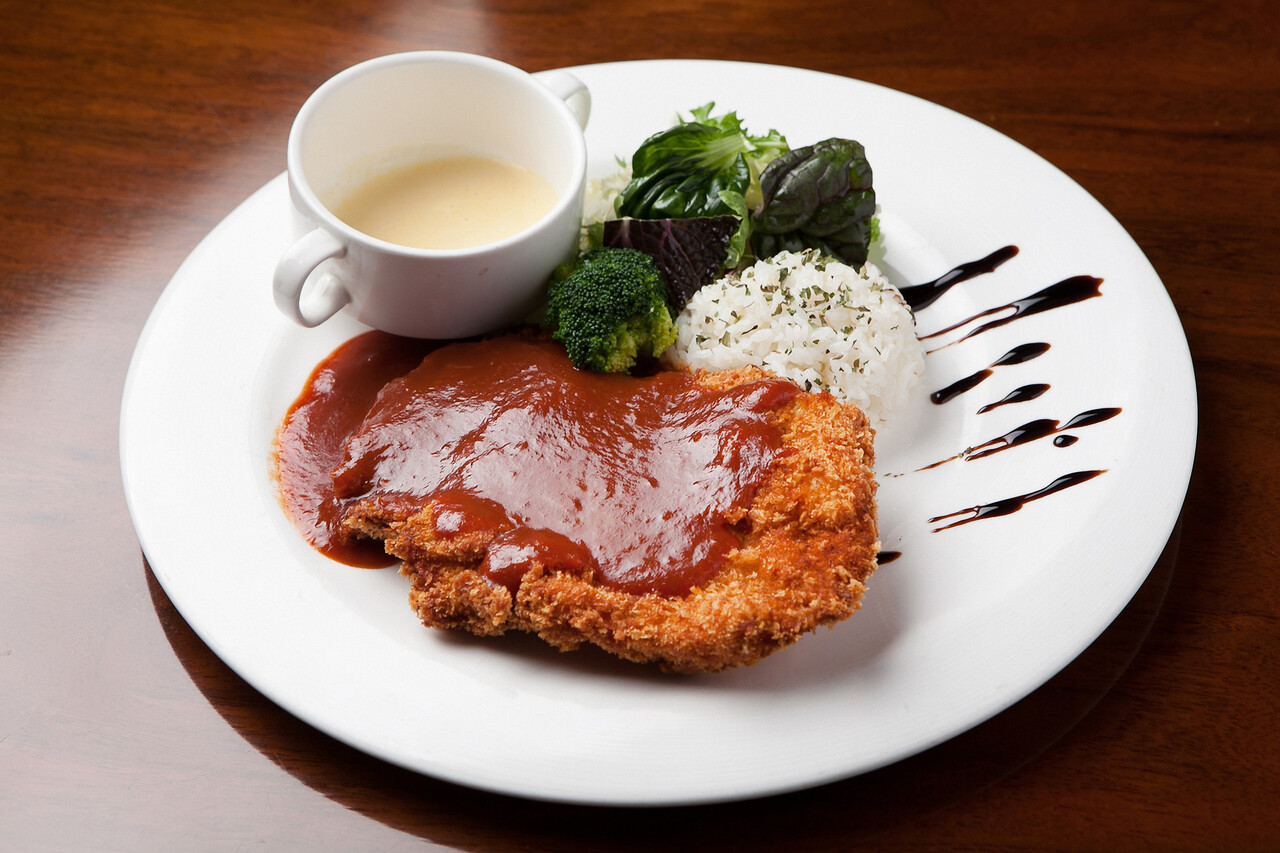10 Dishes That Defined Black Culinary History
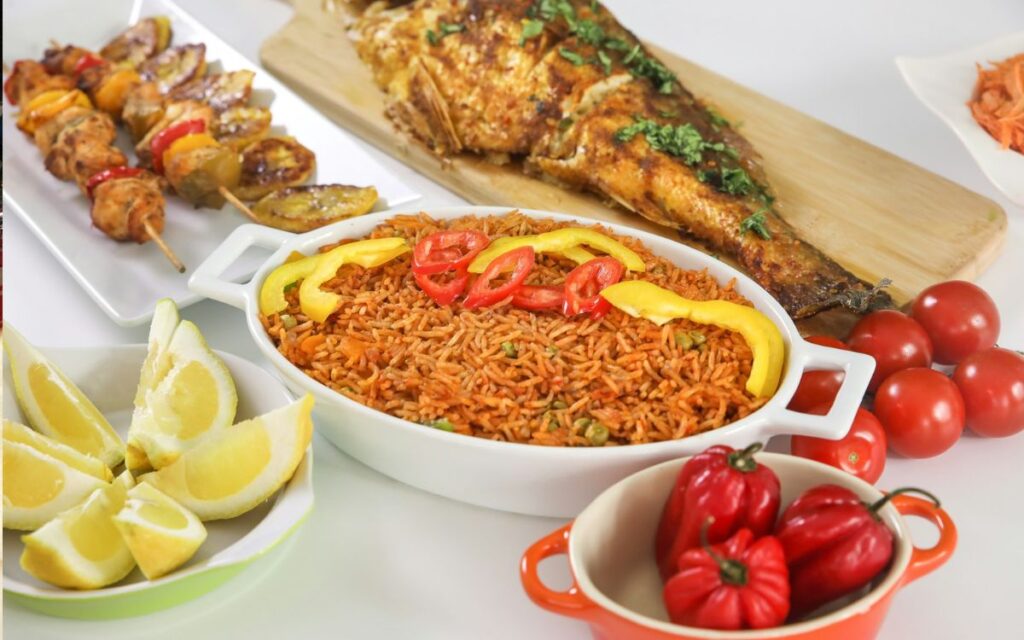
Black culinary history is a living record of memory, migration, creativity, and resilience. Generations carried food traditions across oceans and through hardship, adapting them to new ingredients and circumstances. What emerged is not only survival food but also cuisine that shaped America’s table, from holiday feasts to everyday suppers. Each dish carries a story of labor and joy, scarcity and abundance. Here we explore ten dishes that reveal how Black cooking preserved identity, built community, and influenced national taste.
1. Fried Chicken
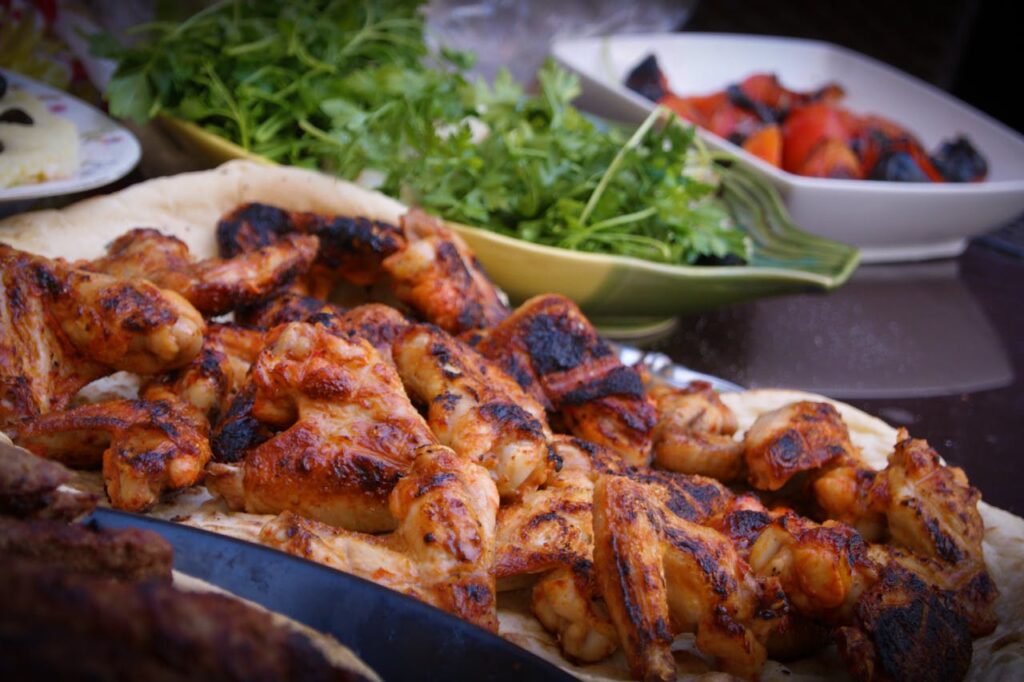
Fried chicken became a hallmark of Black kitchens, rooted in West African frying traditions and enriched by Southern seasonings. Families adapted coatings, oils, and cuts to stretch resources, creating a dish that fed communities while carrying cultural meaning. Beyond taste, it became a symbol of celebration at reunions, church gatherings, and festivals. Though sometimes stereotyped in popular culture, fried chicken remains a comfort food and a canvas for creativity, expressing both heritage and regional innovation.
2. Gumbo
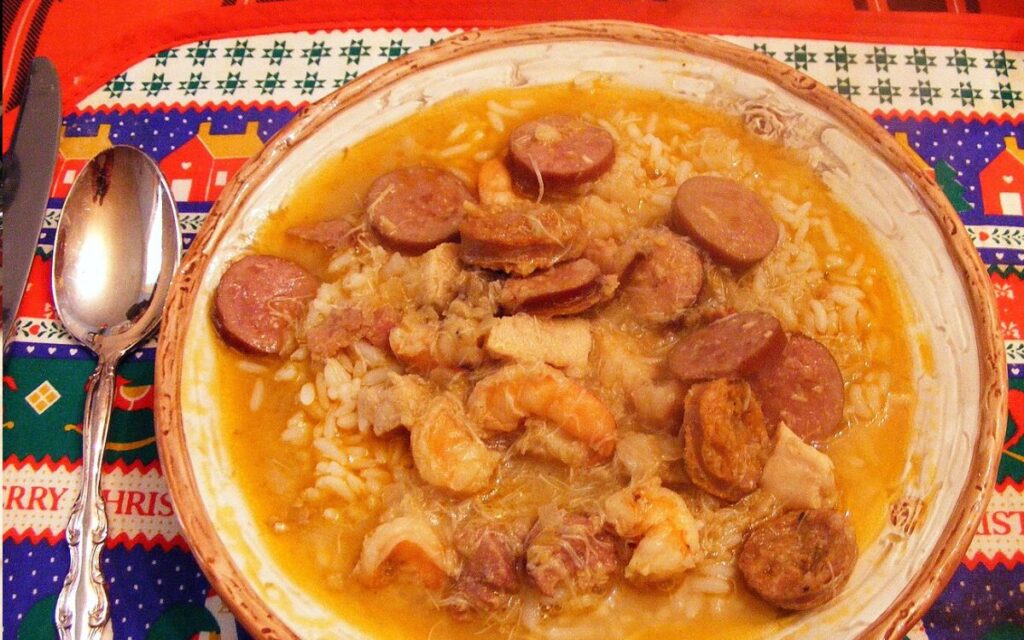
Gumbo reflects cultural blending in Louisiana. West African okra, French roux, Native American filé powder, and Spanish or Caribbean influences all meet in a single pot. Whether made with seafood, sausage, or chicken, gumbo has always been adaptable, reflecting the diverse heritage of Creole and African American cooks. More than a meal, it is a social dish, often prepared for gatherings and festivals. Its layers of flavor and history speak to resilience and shared community traditions.
3. Jollof and West African Rice Traditions
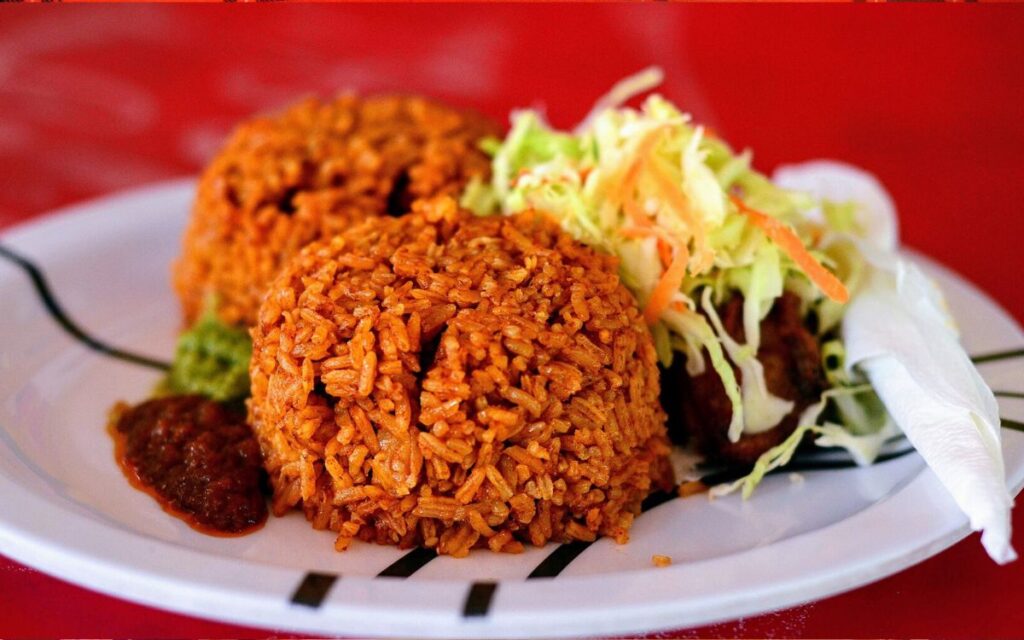
Jollof rice, with its tomato-rich base and vibrant spices, is central to West African cooking. When enslaved Africans were forced to the Americas, they carried knowledge of rice cultivation and one-pot cooking with them. In the diaspora, these techniques influenced rice dishes across the South and Caribbean. Jollof continues to represent cultural pride at weddings, festivals, and everyday meals. It serves as a bridge between homeland and new soil, keeping taste memories alive across generations.
4. Hoppin’ John and Black-Eyed Peas
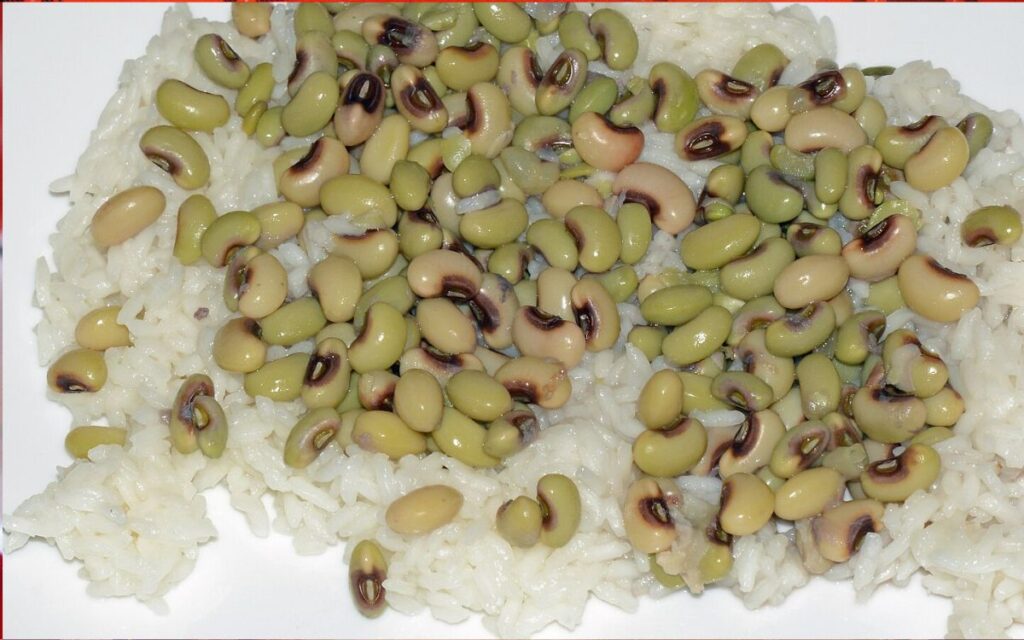
Hoppin’ John, made with black-eyed peas, rice, and often pork, carries strong African roots and Southern symbolism. In many households it is served on New Year’s Day, when the peas represent prosperity and luck. The dish was practical as well, since legumes were inexpensive, filling, and stored well. Over time, cooks adapted it with spices, vegetables, and alternative meats, yet its meaning as a dish of hope and resilience has remained. It is both nourishment and tradition.
5. Collard Greens and Braised Greens
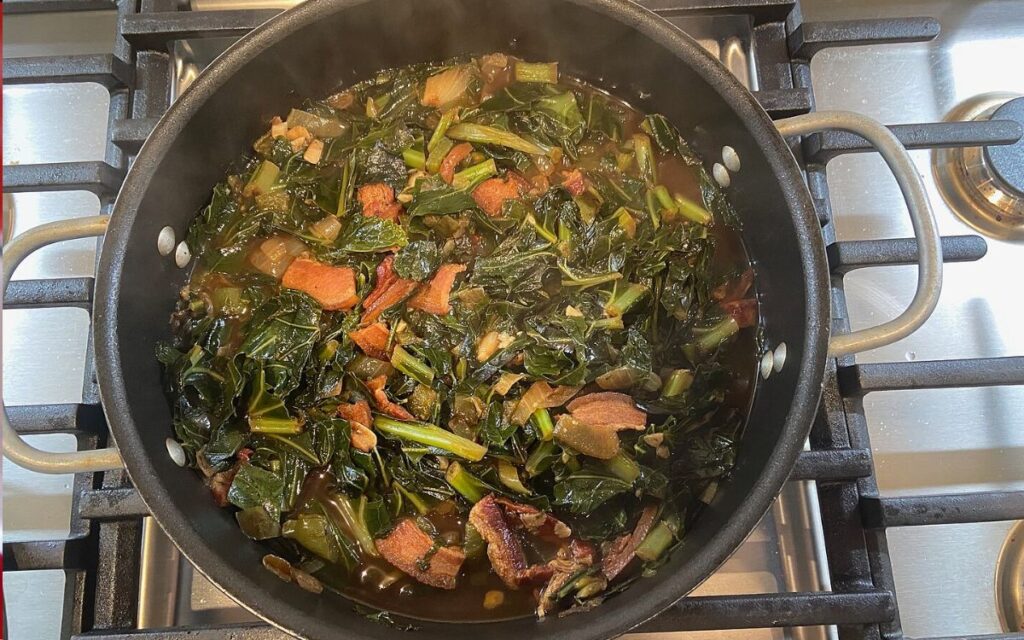
Collards, turnip greens, and mustard greens were made flavorful and nourishing through slow braising with smoked meats, onions, or pepper flakes. Greens offered essential vitamins and stretched meals for families working with limited resources. Cooking methods varied by region, yet each version carried a distinct signature, from vinegar seasoning to long simmering in broth. These greens became staples of Sunday suppers and holidays, tying families together through food that sustained both body and community bonds.
6. Barbecue Traditions

Barbecue owes much to Black pitmasters who perfected techniques of smoking and slow cooking over wood. Whole-hog roasts and regional pit styles became centerpieces of gatherings, offering preserved meat and bold flavor. Recipes for sauces and rubs carried family secrets, while pits served as spaces for both business and celebration. Even with historical barriers to recognition, African American barbecue has shaped the national palate, creating a legacy seen in backyard cookouts, festivals, and restaurants today.
7. Cornbread and Cornmeal Dishes
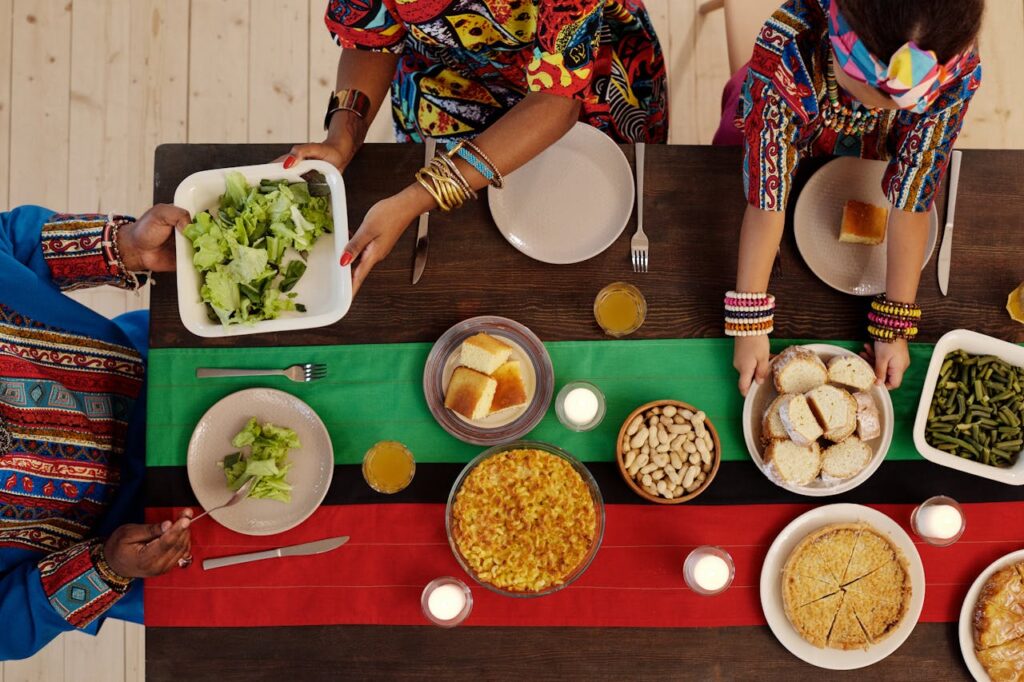
Cornbread and other cornmeal-based foods such as hoecakes or porridge reflect the blending of Native American crops and African cooking techniques. For Black families, corn was an affordable staple that paired well with stews, greens, and beans. Some recipes favored sweetness, others relied on savory, skillet-crisp styles. In every form, cornbread symbolized sustenance and adaptability. It fed large households, stretched limited supplies, and became an essential part of the soul food table and its traditions.
8. Catfish and Fried Fish
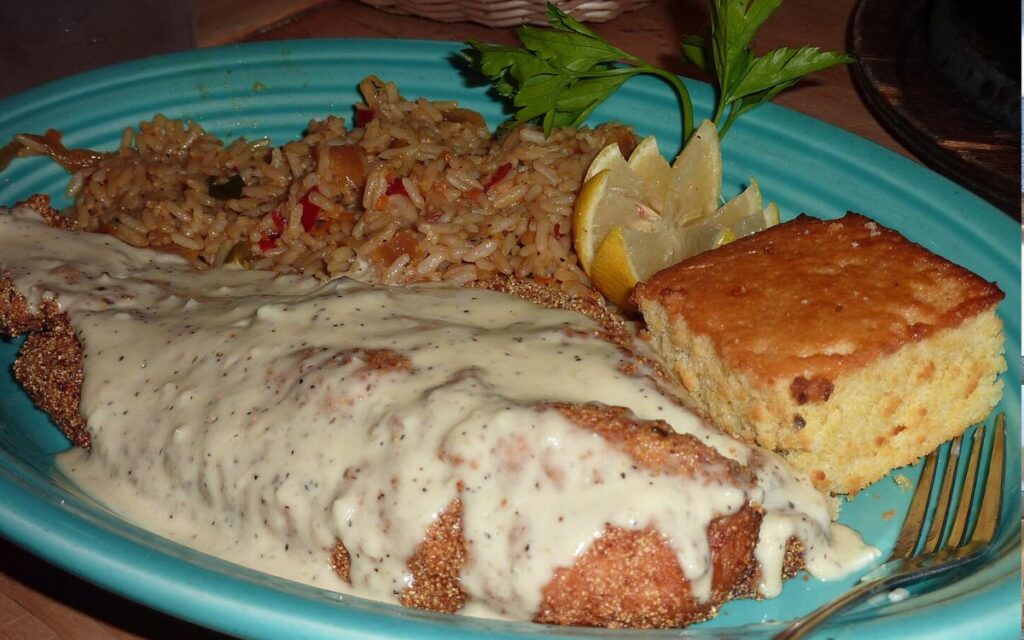
Fried catfish became a beloved dish among river and coastal communities where fresh catches were abundant. Lightly coated in cornmeal and fried until crisp, it was affordable, filling, and flavorful. Churches, family reunions, and neighborhood gatherings often featured fried fish as a shared meal. Served with hushpuppies, slaw, and hot sauce, it expressed community spirit while reflecting local waterways and traditions. The dish remains a cornerstone of Southern cuisine and a reminder of resourceful cooking.
9. Sweet Potato Pie

Sweet potato pie, rooted in African tubers and European pastry techniques, became a holiday tradition in African American households. Using sweet potatoes that stored well through winter, cooks created a silky custard flavored with spices and baked in flaky crusts. More than dessert, it became a memory-rich food, tied to Thanksgiving, Christmas, and family reunions. Recipes were handed down through generations, each variation reflecting family pride. It stands as a dessert of comfort and cultural continuity.
10. Red Beans and Rice
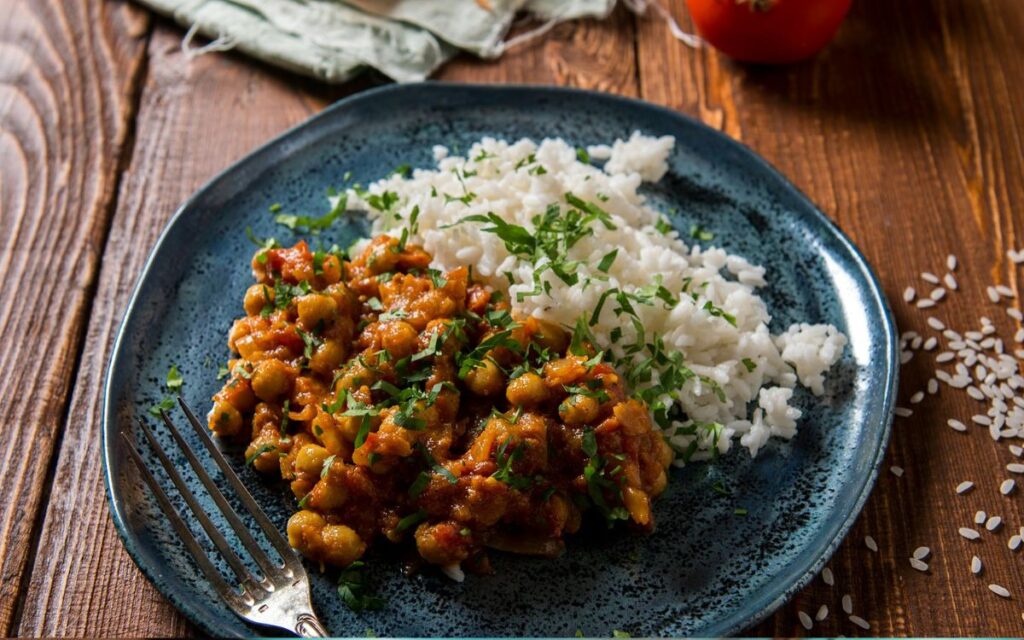
Red beans and rice is a Creole classic, often linked with Monday traditions in New Orleans when laundry day required a meal that could simmer unattended. Using leftover ham bones or sausage for flavor, beans cooked slowly until tender, then were served with rice and hot sauce. Affordable and nourishing, the dish fed large families and became a community favorite. Its rhythm in weekly meals and festivals made it both practical and deeply cultural in meaning.



